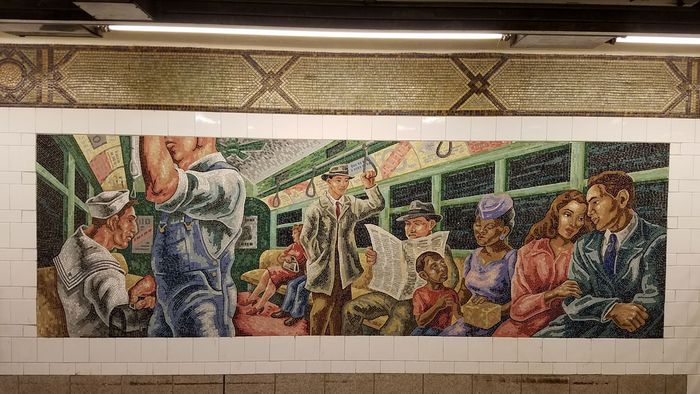Grid Corrections shows, as Curt Meine puts it, “places where theory and reality meet.”
Geoff Manaugh, writing for Travel + Leisure:
De Ruijter soon learned that these kinks and deviations were more than local design quirks. They are grid corrections, as he refers to them in a new photographic project: places where North American roads deviate from their otherwise logical grid lines in order to account for the curvature of the Earth. You could drive out there your whole life, de Ruijter realized, and not realize that certain stop signs and intersections exist not because of eccentric real estate deals, but because they are mathematical devices used to help planners wrap a rectilinear planning scheme onto the surface of a spherical planet. In order to avoid large-scale distortion, the Jeffersonian grid—shorthand for the founding father’s 18th-century geometric vision of six-square-mile township parcels, intended to guarantee equal and democratic land-distribution nationwide—is occasionally forced to go askew.
